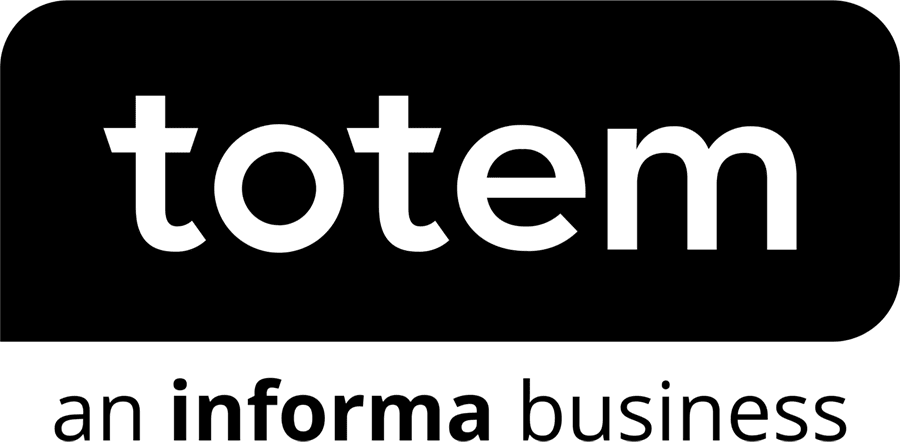
Google is pulling the plug on third-party cookies by 2024. But what are cookies and why should their demise matter to the events industry?
What are cookies?
Cookies are small blocks of data that your browser saves to track your online activities. Many cookies are useful to users, like authentication cookies for logging into sites or remembering what’s in your shopping basket when you return to a website. These are called first-party cookies; cookies that only track activities on the server where they originated.
Third-party cookies, however, are cookies that follow you around the internet, tracking long-term information from websites that you have spent time on, including things such as your purchase history, products or services you’ve searched for, things you have ‘liked’ and any biographical information that you may have filled out online. Essentially these cookies enable companies that you do not have a direct relationship with to collect huge amounts of data without your explicit consent.
Before we go any further let’s be clear on what we mean by first, second, third and even zero-party data.
Zero-party data: this is data that users proactively and willingly share with your organisation. This information is often collected through direct interactions, for instance, your event registration page or a post-event survey. If a visitor fills out this survey, they willingly provide you with zero-party data. They’re telling you directly about their personal preferences and interests. Zero-party data is the holy grail for marketers as it is obtained directly from the users and with their explicit consent, making it trustworthy and compliant with privacy regulations.
First-party data: first-party data is data that businesses collect directly from their audience or customers. This includes information gathered from behaviours, actions or interests demonstrated across your website, app or events. It’s often collected through interactions, transactions, and other activities. For instance, data collected from tracking customer behaviours on your event app is considered first-party data. This data is considered reliable and valuable, as it is sourced straight from the users and typically adheres to privacy regulations.
Second-party data: second-party data is essentially another organisation’s first-party data that is shared or purchased through a direct partnership. This data is still considered reliable, as it is originally collected from the users, but it involves a direct relationship between the data provider and the data buyer. The use of second-party data can help you gain insights into new or related customer segments, which can be valuable for expanding market reach or improving your targeting strategies.
Third-party data: essentially, third-party data refers to information collected and sold by companies that specialize in data collection and analysis, rather than the companies that originally collected it. This data can include demographic information, consumer behaviour patterns, online activity, and more.
Advertisers use third-party cookies to track the online activity and interests of potential customers across the internet, which can then be used to serve personalised ads to those users. This has become an increasingly common practice in the online advertising industry, with companies like Google and Facebook using third-party data to offer highly targeted advertising options to their clients.
So, what's the big deal about third-party cookies dying?
Well, Google’s ban on them is the first step towards much stricter data privacy, which means organisations need to find new ways to collect data, in particular zero and first-party data. Zero and first-party data are key as they give companies complete control over how they collect and organise their data. It’s like having your own secret stash of customer info that nobody else can touch. Plus, it offers amazing insights into your audience, supercharging your lead generation, and strengthening your customer relationships.
Events: the ultimate first-party data collection machine
Events are the perfect place to collect first-party data, especially intent data. Intent data shows how interested someone is in a particular topic or theme, their buying motivations, and how likely they are to buy your products or services. By tracking activities pre and post-event on an event platform and at the live event through your event app, you offer your audience more explicit control and create a less intrusive data collection experience.
On the run-up to events, companies can gather valuable intent data including which sessions they have favourited, who they have requested meetings with, what content they have downloaded and what content themes they have expressed an interest in. By linking this with your CRM, you can start to lead-score these data points – just as you would with any other digital marketing activities.
Digitally Enabled Live Events
But it doesn’t have to stop there. Forward-thinking event planners are now placing digital at the heart of their in-person events too with a Digitally Enabled Live Event (DELE) strategy. By embedding data touchpoints throughout their events and harnessing the power of their event app, they are building deep insights into each attendee, including what sessions they participated in, who they connected with, how they responded to polls, what content they downloaded, what meetings they had and much more.
These rich data sets allow for advanced personalisation both during and after your event, enabling more focused one-to-one discussions with sales teams and powering more targeted lead-generation campaigns; essentially multiplying event outcomes.
Building an Audience Home: The future of marketing
An afternoon session, a full-day event, a two-day conference. Whatever the event, it’s a moment in time, but the connection with your audience doesn’t have to be. You’ve put time and effort into giving your audience a valuable experience at your event, so why not continue the engagement, creating a digital home for your content and a 365 home for your audience?
McKinsey recently stated that community is the next “big idea” for marketing across the next decade. Easy to see why, when you think that a community enables year-round engagement, rich intent data, greater audience ownership, and a cost-effective way of creating new leads and opportunities to galvanise the sales pipeline.
But before we can grow a community we need to offer our audiences a compelling reason for continuing to engage, allowing us to keep tracking this first-party data. A digital audience home, essentially a hub for all your best live and on-demand content, provides this incentive. Audiences can engage with a topic in the round, discovering a “content rabbit hole” with a Netflix-style experience, including videos, blogs, articles and expert opinions from within the community and beyond.
This opens up exciting data capture possibilities – and it’s not only likes, clicks, searches, discussions etc. that you can track from your existing audience. Embedding a digital audience home into your website also opens up the potential to attract new prospects to your on-demand content offering with a limited preview of content followed by a sign-up form.
This type of community and data exchange is all about building on the foundations of trust laid out through person-to-person contact at events. Giving people useful content that they really want. It is the exact opposite of stalking your customers around the web with adverts many users find creepy, annoying pop-ups and data collection in the shadows. Surely this is the type of relationship that brands should be investing most of their energy and budget in moving forwards?
It's time for events to shine
First-party data is the next big battleground for marketers. Events are perhaps the best and most reliable sources of first-party data, presenting a huge opportunity for event teams.
Technology means we now have the ability to create non-intrusive, highly engaging experiences for our audiences. We can gain amazing behavioural insights, enable advanced personalisation at scale and create new business opportunities with new and existing customers.
Now, more than ever, we have the opportunity to show why events are not a seasonal niche in marketing but a driving force behind revenue-generating campaigns that run throughout the year.

